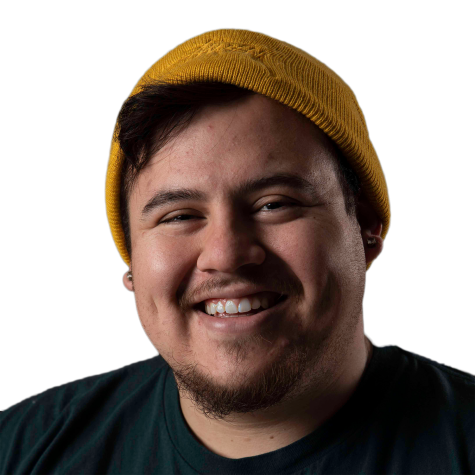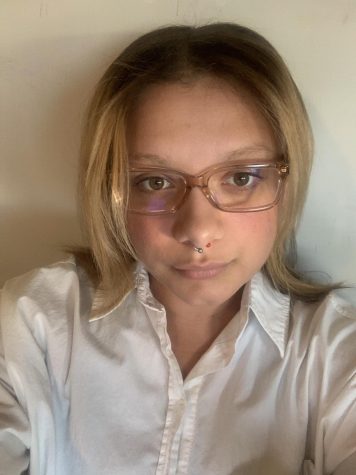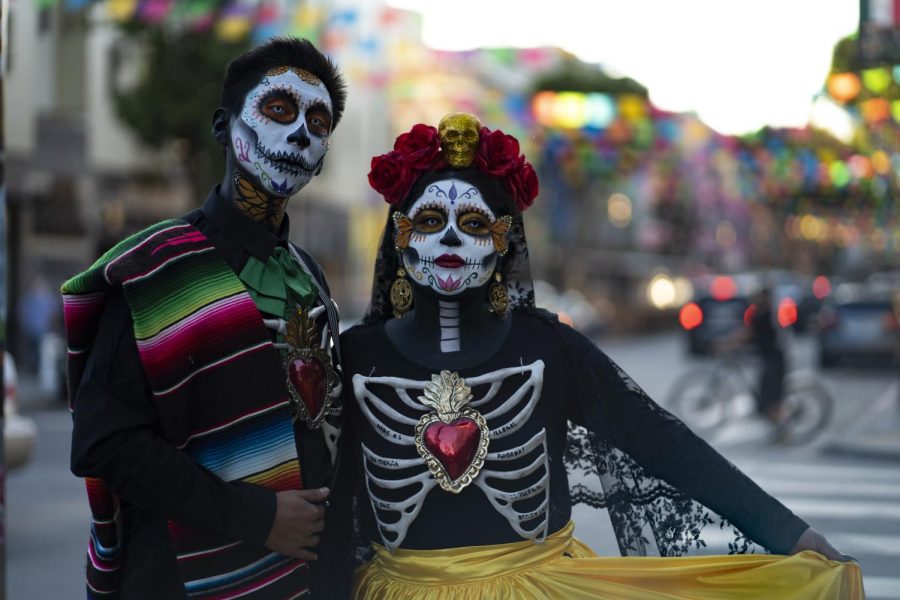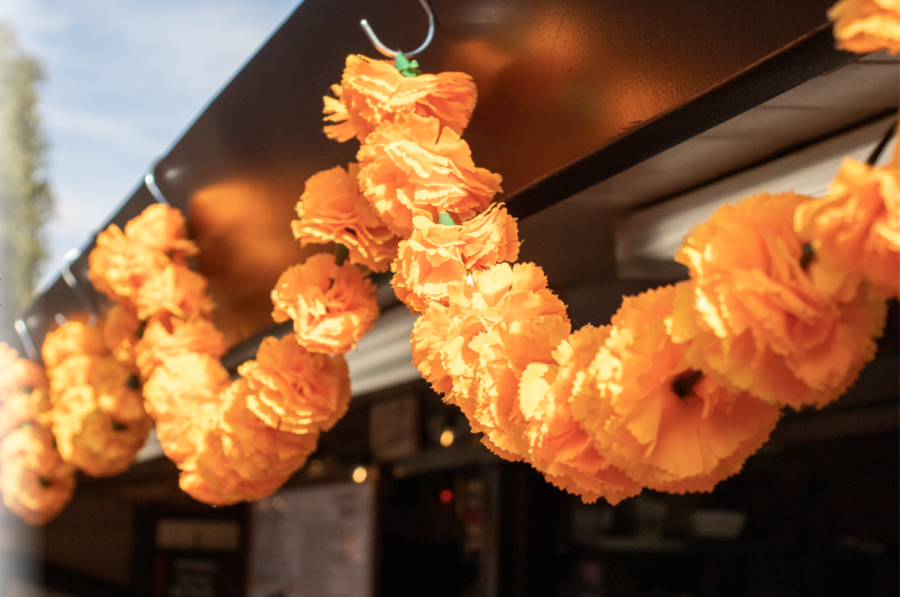The Unity Council, a community organization prominent in the Fruitvale, hosted its 26th annual Día de los Muertos festival in the Fruitvale neighborhood of Oakland on Sunday.
The event’s main attractions featured at the festival included a lowrider show, two street soccer fields and 20 ofrendas which are offerings placed on altars dedicated to loved ones who have passed, each made by local artists.
Curando Corazones, or Healing Hearts, is the theme of this year’s festival. This theme was chosen to reflect on the impact the pandemic had on the and to create a physical space to promote community healing. Traditional Indigenous rituals were being performed throughout the day in support of this theme.
Azomali Huitcilopoxtli and his wife represented their community called Calpulli at their ofrenda made for the festival. The name of their group has meaning connected to the heart. This is their third year participating in the Oakland Day of the Dead event.
“You know, seclusion, and fear is something that we also need to be healed from. So I think that by coming here, we’re working on those things, acknowledging each other just by having a lot of altars, not just like your own,” Huitcilopoxtli said.
Although last year’s festival was hosted virtually, the council wanted to create a physical space to celebrate this holiday as this free, outdoor event is a popular one, bringing over 100,000 people to the Fruitvale neighborhood in previous years before the pandemic. The population of Fruitvale is predominantly Latinos; it was one of the most impacted zip codes in Alameda County. Free COVID-19 vaccines were being offered at this year’s event.
Another major aspect of the fair were the COVID-19 vaccination and testing sites, provided in partnership by Kaiser Permanente.
“This is awesome being here because you get the flu shot for free and COVID shots,” Henry Sales Hernandez said. Sales Hernandez attended the event specifically for the COVID-19 services.
Aztec dancers also graced the space with spiritual dances wearing traditional ceremonial garments. Vendors and restaurants already located on International Boulevard were part of the festival, providing food and cultural art and gifts to buy for attendees; the Unity Council wanted to do this instead of hosting extra vendors in order to promote social distancing as well as supporting small business.
The Oakland Día de los Muertos festival started in 1996 to promote a traditional Mexican holiday that is debated to have both colonial Spanish and pre-Columbian Indigenous ties. During this holiday, loved ones who have died can visit their living relatives and friends.
Mario Alvarado, 48, of Montclair has been to the festival a few times with his family before the pandemic made last year’s event go virtual.
“It’s nice to be around people, you know, especially Dia de los Muertos is really important for our people so it’s pretty cool. It’s nice to have it back and see people having a good time,” Alvarado said.
An Aztec dancer performs during the Dia de Los Muerto festival in Oakland on Oct. 31, 2021. Danzantes wear ceremonial garments. (Amaya Edwards / Golden Gate Xpress)









